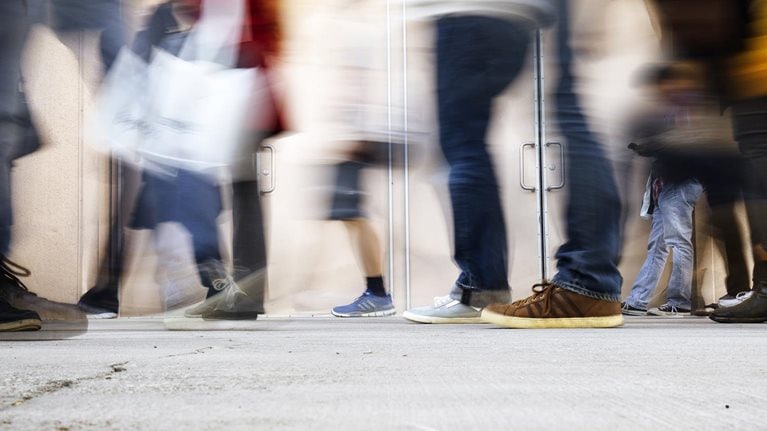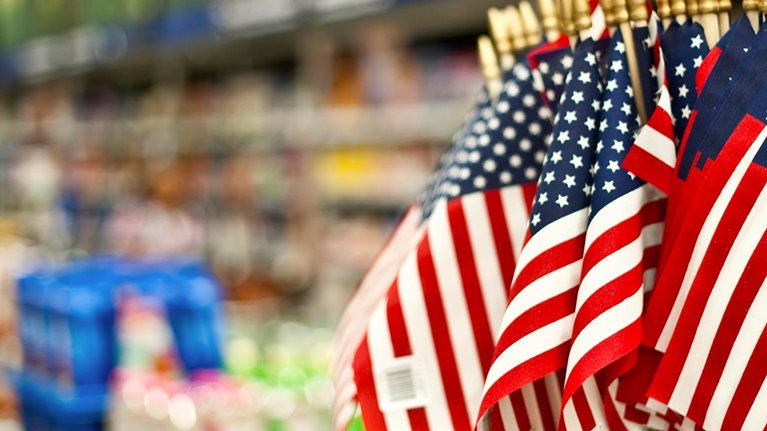More consumers across the globe are enjoying a sense of financial stability. In our second annual Global Consumer Sentiment Survey, conducted in September 2016 across 25 countries,1 fewer consumers said they were delaying purchases, cutting back on spending, and feeling uncertain about the economy. Survey results varied by country and region, of course, but in only one region—the Middle East, which was severely affected by falling oil prices—did consumer sentiment falter significantly compared with the year prior (exhibit).

The latest survey findings confirmed the trends we summarized in our March 2016 article. In addition, evident in the most recent results are three broad trends that should inform how consumer-goods companies and retailers pursue growth in certain markets around the world. Specifically, we found that consumers in Western Europe and India are increasingly “trading up” to more expensive options, local brands are gaining traction in Brazil, and the migration to online channels is happening especially swiftly in China and India.
Trading up in Western Europe and India
Consumers’ financial optimism was reflected in the brands that they chose to buy. Fewer consumers worldwide said they traded down either to cheaper brands or to private-label products, and more consumers traded up. As the exhibit shows, the largest increases in trade-up behavior were in Western Europe—specifically, the United Kingdom, Germany, and Italy—as well as in India.
Stay current on your favorite topics
In Western Europe, we believe the rise in trade-up rates can be attributed to a number of factors. For one, it’s a natural consequence of many consumers feeling financially secure. A separate survey found that 37 percent of Germans, for example, feel they “can afford almost anything” they want.2 It’s therefore not surprising that they’re willing to pay for higher-end products such as organic foods—a niche category that has proved particularly popular among German households with young children.
Retailers’ assortment and pricing initiatives have also encouraged Western European consumers to trade up. Discounters, for instance, have begun to sell more branded products in their stores as part of their efforts to increase average basket size in a flat retail market. In addition, the price gap between branded products and premium private-label products has been shrinking: as the largest retailers have gained greater buying power, they’ve been able to cut prices on top brands, making these brands more widely affordable.
That said, trading up doesn’t necessarily mean buying branded products. Across Western Europe, trading up can mean switching from lower-priced private-label products to higher-priced private-label products. Private label is in such an advanced state in most of the continent that Europe’s major retailers have several tiers of private-label products, from value labels at entry-level prices to premium labels that can be even more expensive than branded products from national or global manufacturers.
Would you like to learn more about our Consumer Packaged Goods Practice?
In India, the factors contributing to rising trade-up rates are altogether different. The survey shows that the categories with the highest trade-up rates—alcoholic beverages and personal-care products—are the same as in the rest of the world. However, in India, we believe the driving forces are rapid urbanization and the expansion of modern retail outlets that carry higher-end products. Also, as more Indian consumers get Internet access and travel to other countries for leisure, their awareness of and desire for global brands increases. Premiumization is another factor: in recent years, we’ve seen consumer-packaged-goods (CPG) companies in several categories—such as L’Oréal Paris and Lakmé in beauty products, Mondelēz International and Baggry’s India in packaged food, Tata Global Beverages and Pernod Ricard in beverages, and Kwality and Amul in ice cream—launch new premium or superpremium brands.
Indian consumers across all income classes are trading up, but none more so than the affluent. The survey revealed that a majority of Indian up-traders had a “better than expected” experience and intend to continue buying the more expensive brand. Conversely, more than half of down-traders in India said they’d like to go back to the more expensive brand. These findings suggest that the trade-up trend in India will accelerate further.
Brazil’s homegrown brands
Survey results indicate that quite the opposite is happening in Brazil, where the challenging economic and political environment has spurred more consumers—especially those with low incomes—to opt for cheaper products. This trend is becoming evident even in categories that were formerly immune to trading down, such as cosmetics. In the past, Brazilian consumers stuck with their preferred beauty brands but either reduced their purchasing frequency or shopped around to find those brands at lower prices; only very recently have they begun to trade down.
This shift has benefited national and local brands. When Brazilian consumers trade down, many don’t buy retailers’ private-label products but instead buy cheaper national or local brands, such as Ypê detergent from Química Amparo. (That said, some of the most popular local and national brands are owned by multinational companies: for example, Paulista yogurt is Danone’s and Sorriso toothpaste is Colgate-Palmolive’s.) And when consumers in Brazil’s middle- and high-income classes trade down, most find themselves satisfied with the cheaper products and no longer want to trade back up.
Asia’s e-commerce boom
The explosive growth of e-commerce in China continues apace. Fifty-eight percent of survey respondents estimated that they spent more on online purchases in 2016 than they did in 2015. Chinese consumers are, in general, less hesitant about buying online or via mobile devices, and they are much less concerned than consumers in Western Europe and the United States are about privacy and data-protection issues. Witness the speedy success of Three Squirrels, a snack company founded in 2012 that sold its products exclusively online. The company has grown more than 300 percent annually, racking up sales of more than $350 million in 2015. It is now expanding offline as well, with plans to open hundreds of stores in the next five years.

What’s new—and what’s next—in consumer behavior around the world?
In India, e-commerce has been growing at a rate of 35 to 40 percent per year since 2010. The migration to online retail was led by urban centers, but today tier-two and tier-three cities are catching up, thanks largely to payment options such as cash on delivery, which has helped make e-commerce accessible to places in India with low credit-card penetration. Almost two-thirds of survey respondents in India said they shifted some of their spending to the online channel in 2016. And CPG e-commerce is still only in its infancy: online sales of beauty and personal-care products, for example, accounted for a mere 1.0 percent of total category sales in India in 2015, up from 0.1 percent in 2010.
The sentiment survey, which we plan to conduct annually, offers a high-level snapshot of not only consumer sentiment but also evolving consumer behavior. Companies must keep their finger on the pulse of the changing global consumer, or else risk being left behind by savvier, nimbler competitors.


